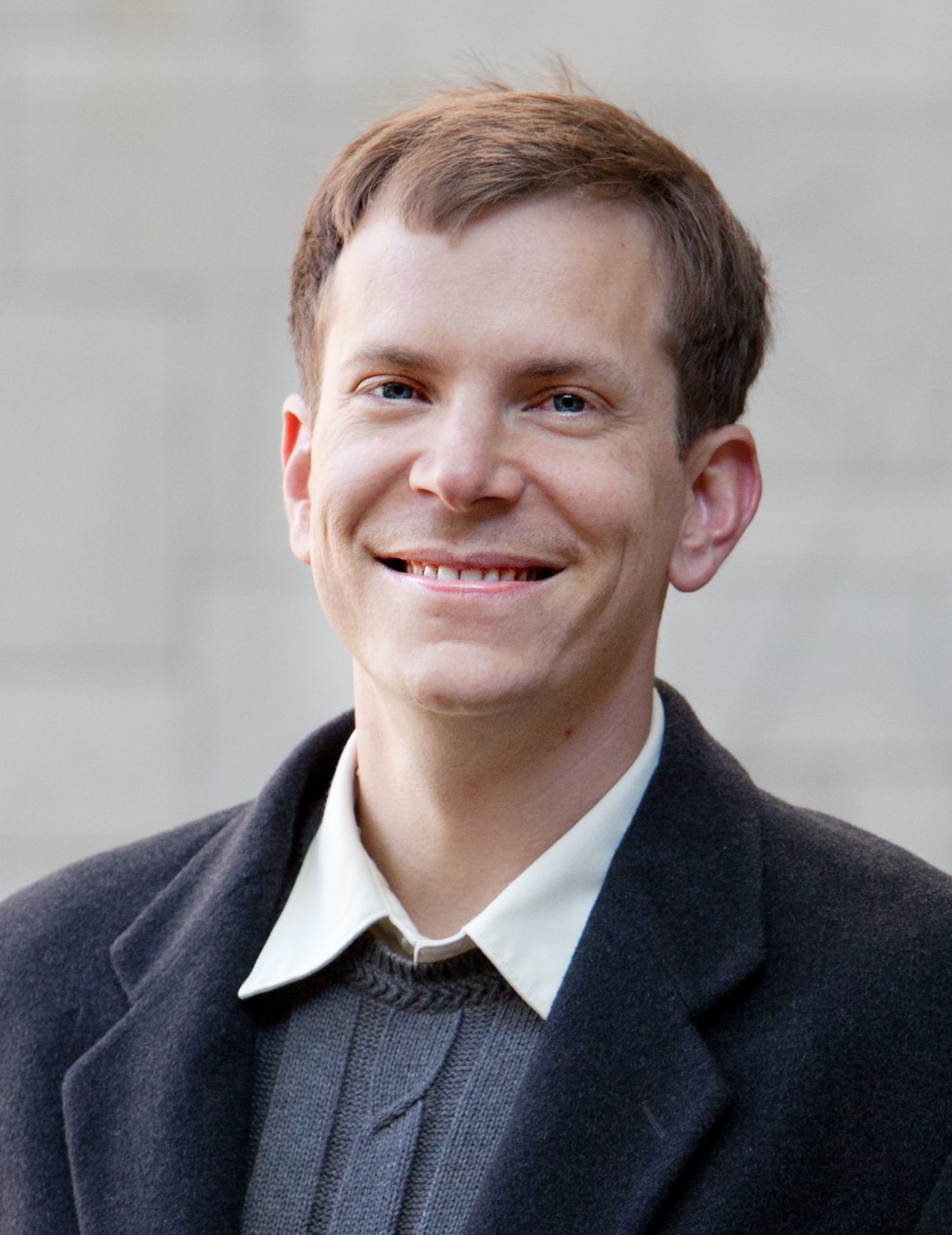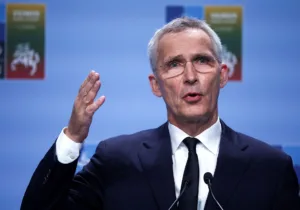For some time now the foreign policy community and the Western world has been debating the future of the liberal international order. If you have never heard the phrase, it’s a term used to describe the post-World War II order and institutions that were built by America and Western Europe to foster peace and trade. The United Nations, NATO, and the myriad other international institutions that cropped up in their wake ushered in an era of relative peace, security, and prosperity. The European Union came much later, but its foundations were laid in economic agreements of the early 1950s.
Most people would not think twice about the existence of these institutions because it is the only world we have known. Much like the modern welfare state, the seeds were planted in the 1930s and 40s. They have blossomed over the past 70 years ushering in a period of world peace and American and European prosperity that was unprecedented, and maybe never likely to return.
At the moment I am reading the second volume in Nigel Hamilton’s trilogy on Franklin Roosevelt’s war time leadership, entitled Commander in Chief. Hamilton is a skilled writer who has a flair for bringing out the drama and tension involved in the very complex back and forth that went into building the unity among the allies that was necessary to win the war. His books, meticulously constructed from primary source material, paint a generous portrait of an earnest president whose leadership in WWII was essential to the Allied victory.
One very interesting point of Hamilton’s research into FDR’s leadership is how at a very early phase in the war FDR had already formulated a clear vision of what the postwar world order should look like. The book displays FDR’s uncanny gift for vision and foresight. In a meeting with Canadian Prime Minister McKenzie Kingsley—a teetotalling, bible reading Presbyterian—FDR outlined his vision for the international institutions that would create the conditions of peace and prosperity after Germany and Japan had been defeated.
The United Nations was the centerpiece of this vision. He wanted to prevent war and preserve peace through a world police force headed by America, Britain, Russia, and China. Working together they would ensure that nothing like National Socialism or Imperial Japan would arise and engage in the brutal conquest and domination that had brought the world into total chaos.
Behind the photos of the ever smiling Roosevelt and the resolute Churchill, tensions over this grand vision of the postwar world simmered and, eventually, boiled over. To FDR’s mind, it was precisely the sort of empires that the British and French had built over the last centuries that lay at the root of the violence and instability that now gripped the world. If America was to lead a new world order, the foundation would have to be laid on the self-determination of each country to rule its own people. America, Britain, and France, playing a parental role, would help to facilitate the development of these former colonies but would hand over the government to the native peoples.
FDR was emphatic on this point. Hamilton records many conversations FDR had with various people, including one very personal one with his son Elliot, in which he conveyed his deep conviction that France and Britain had to give up their empires after the war. A conviction that Churchill and Charles de Gaulle did not share.
Reading Hamilton’s account, I am struck by the preternatural optimism and confidence of Roosevelt. At the earliest phases of the war, Roosevelt seemed supremely confident that the Allies would defeat the Axis powers. More than that, he was already engaged in meticulous planning for the postwar order before Churchill had even given it much thought. If the liberal international order can be ascribed to the genius of any one individual, it is FDR.
My question as I read through this book is twofold. First, though it cannot be doubted that American and Western leaders invested much time and energy into building this world order, was it the real reason for the prosperity and peace we enjoyed in the subsequent decades? Or was it really America’s willingness to be its primary guarantor, through American political clout, military might, and economic growth? After all, it was the US that held the Soviets in check, and it was America that rebuilt the continent and provided the stability and umbrella for the Europeans to rebuild after the war.
Another lingering question is whether this international order is past its sell by date. “There is a time for everything under the sun,” says the writer of Ecclesiastes. A time to build and a time to tear down. Is this order too obsolete and ineffective to continue supporting it? What would take its place? These are questions that many in the West are asking at this moment, and we must answer them sooner or later.
—
Daniel Strand is a postdoctoral fellow in the Center for Political Thought and Leadership at the Arizona State University. His scholarly interests are in history of political thought, religion and politics, and the thought of St. Augustine of Hippo.
Photo Credit: President Roosevelt, in the Oval Room of the White House, refers to his own map as he emphasizes a point in his radio address to the people. Roosevelt’s fireside chat was presented on February 23, 1942. In advance of the address, Roosevelt asked citizens to have a world map in front of them as they listened to him speak. “I’m going to speak about strange places that many of them never heard of—places that are now the battleground for civilization,” he told his speechwriters. “I want to explain to the people something about geography—what our problem is and what the overall strategy of the war has to be… If they understand the problem and what we are driving at, I am sure that they can take any kind of bad news right on the chin.” Sales of new maps and atlases were unprecedented, while many people retrieved old commercial maps from storage and pinned them up on their walls. Source: New York World-Telegram and the Sun Newspaper Photograph Collection (Library of Congress), via Wikimedia Commons.







 Live in the DC area? Sign-up for Providence's in-person events list!
Live in the DC area? Sign-up for Providence's in-person events list!